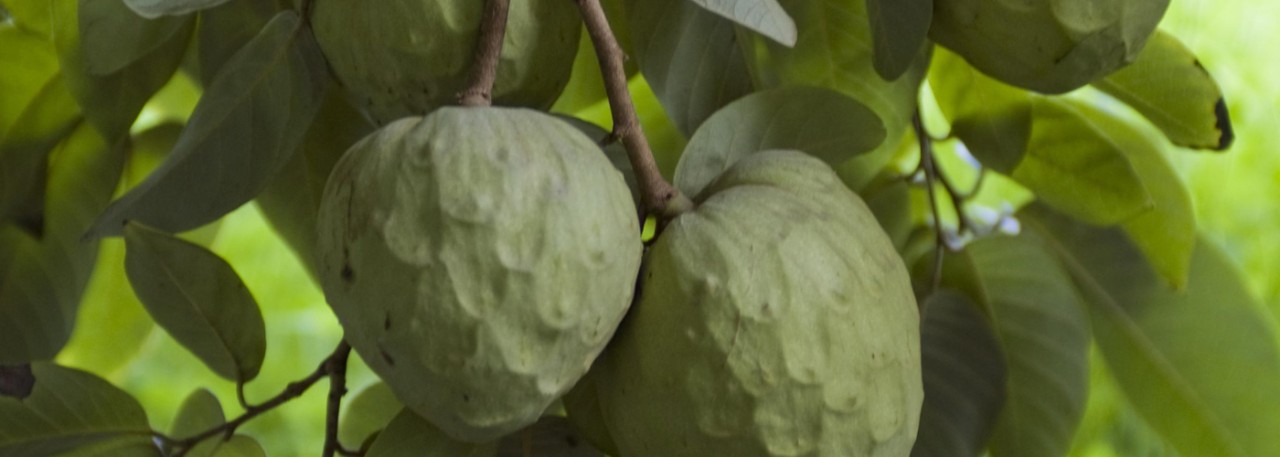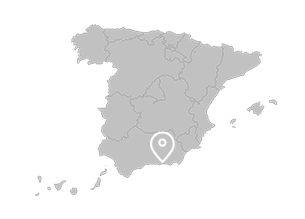.png.transform/rendition-xs/image_image%20(1).png)
Chirimoya de la Costa Tropical de Granada-Málaga PDO
The fruit of apple custard trees (Annona Cherimola mill.) of indigenous varieties Fino de Jete and Campas, marketed for consumption as fresh fruit.
Tasting notes
This is a highly aromatic fruit with a slightly acid flavor that develops into sweetness when eaten. Its soluble sugar content is at least 15º Brix.
Other notes
The fruits are round, oval or heart-shaped, tending to be symmetrical on either side of the stalk line. They are considered optimally ready for harvesting when their bright green color starts to turn paler and their skin to look smoother. The pulp of cherimoyas or apple custards that have been picked at just the right time will be white to ivory in color. This fruit is highly regarded, not only for its characteristic aroma and sweetness, but also as a source of enzymes and abundant fiber, C and B-group vitamins, and minerals such as calcium, iron and phosphorus.
Production / Processing method
Cherimoya or apple custard trees are propagated using plants grown from seeds of the authorized varieties. For the first four years, pruning is directed at training the plant, and from the fifth year on at encouraging fructification. Fertilization can sometimes be problematic when the flower pistils mature before the stamens, in which case pollination is performed manually. As regards disease and blight, the common fruit fly represents the biggest financial risk. Farming methods such as plowing, fertilizing and irrigation vary depending on whether the plantation occupies a hillside or valley floor location.
Geography / Relief and climate
This crop is grown primarily low down in subtropical valleys, where it occupies areas of alluvial soils, terraces and hillsides at altitudes ranging from 25 to 250 meters above sea level. The soils are loamy in texture, with a pH level between seven and eight, and moderately high carbonate content. This area’s subtropical climate, unique within continental Europe, is the key to the success of this crop. The micro-climatic conditions are largely due to the configuration of the valleys that run from north to south close to the coast, sheltered from the north winds by the Penibaetic mountain chain that borders the coast, orientated east-west.
In combination with the local light wind that blows at daybreak during June and July, sufficient moisture and temperature levels within the area’s subtropical valleys foster natural pollination of the apple custard – factors that delimit its cultivation.
Regulatory Council
Consejo Regulador de la DOP Chirimoya de la Costa Tropical de Granada-Málaga
Avda. Juan Carlos I. Edificio Estación
Apartado de Correos 648
18690 Almuñécar (Granada)
Tel: (+34) 958 635 865
dopchirimoya@gmail.com
Sources:
The pulp of cherimoyas or apple custards that have been picked at just the right time will be white to ivory in color.


- /content/dam/en/icex-foodswines/images/products/fruits---vegetables/chirimoya-de-la-costa-tropical-de-granada-málaga-pdo/Chirimoya%20carr1.jpg
- /content/dam/en/icex-foodswines/images/products/fruits---vegetables/chirimoya-de-la-costa-tropical-de-granada-málaga-pdo/Chirimoya%20carr2.jpg

Almuñécar (Andalusia)
